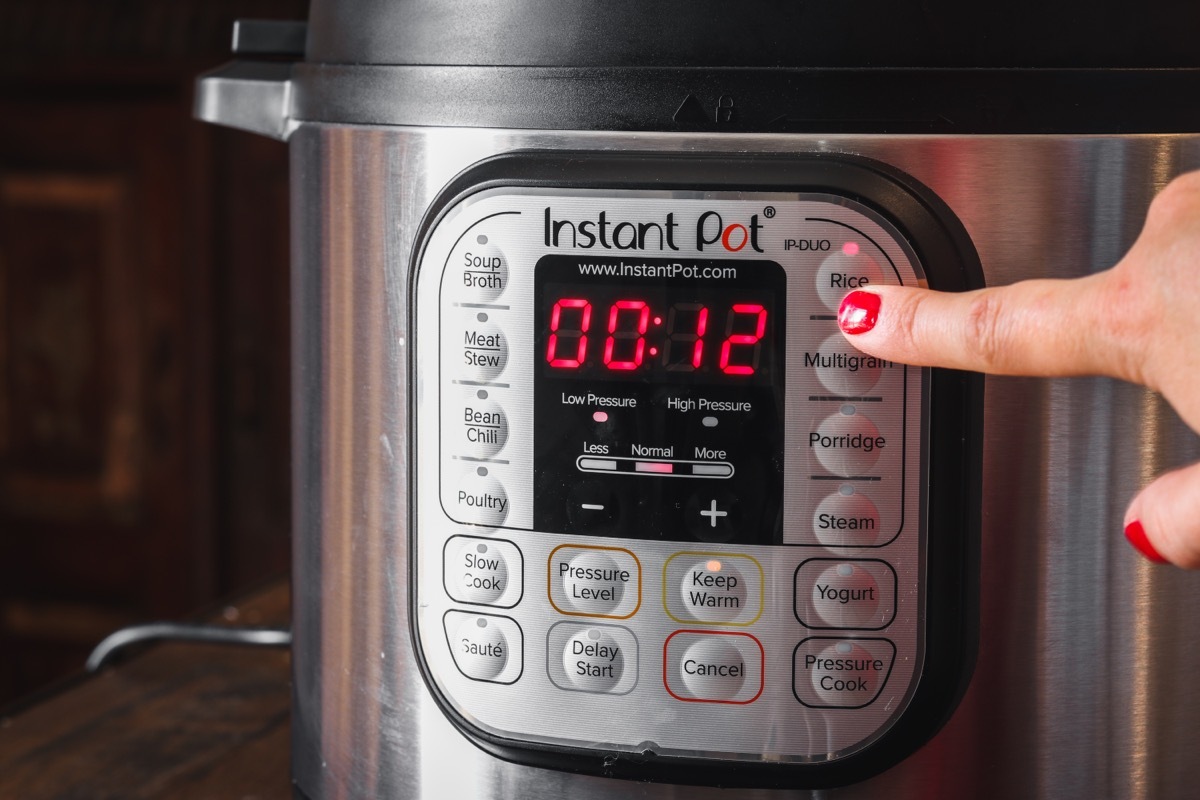8 Italian formats of pasta: which one is used for what?
Long, short, stuffed pasta: here is the right pasta for the best recipes.
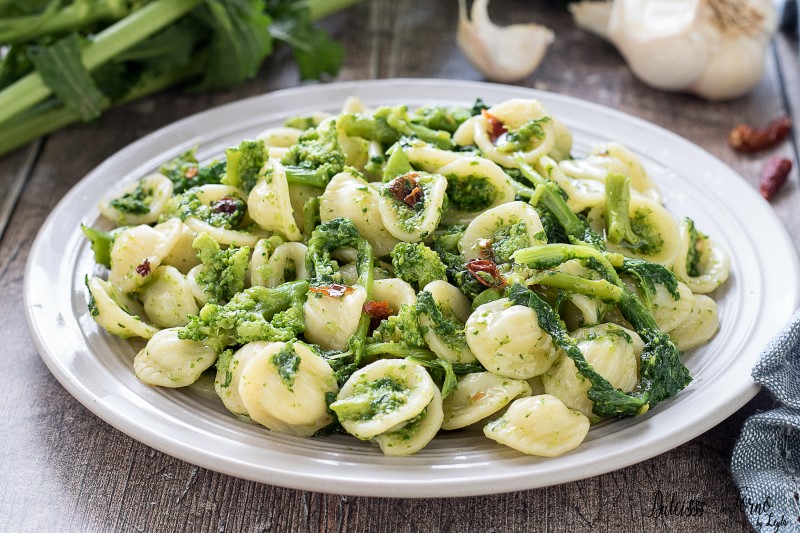
Who doesn't like a nice plate of pasta? Long, short, stuffed pasta, fresh or dry pasta, durum wheat semolina pasta or tender wheat paste, egg pasta, egg -free pasta. Italy literally overflows with doughs and recipes that stand out for their simple creativity, for their beauty, for the quality of the ingredients, for the history and tradition that can be tasted at every bite. Each region has its own particular pasta and every type of pasta was born to perfectly marry the ingredients of a precise territory. If you are ready to make you water in your mouth, take fork and spoon and sit at the table with us to taste (at least with your eyes) many delicious recipes made with different types of pasta.
Orecchiette
To the word "orecchiette" it is impossible not to think about Puglia and ... the turnip greens. A simple but good pasta, which lends itself to many seasonings. Red sauce, white sauces and vegetables. Not surprisingly, one of the best known Italian recipes in the world is precisely that of orecchiette with turnip greens or broccoli. A quick, very tasty and also healthy recipe.

Cavatelli
The ingredients to make cavatelli are impossible to forget: durum wheat semolina and water. That's all. The first documented apparitions of this type of pasta are in Molise, even if it is known throughout southern Italy. It is a short pasta, tapered and quarry, which lends itself to many recipes, but gives its best with ragù, with sausage sausages or vegetables.
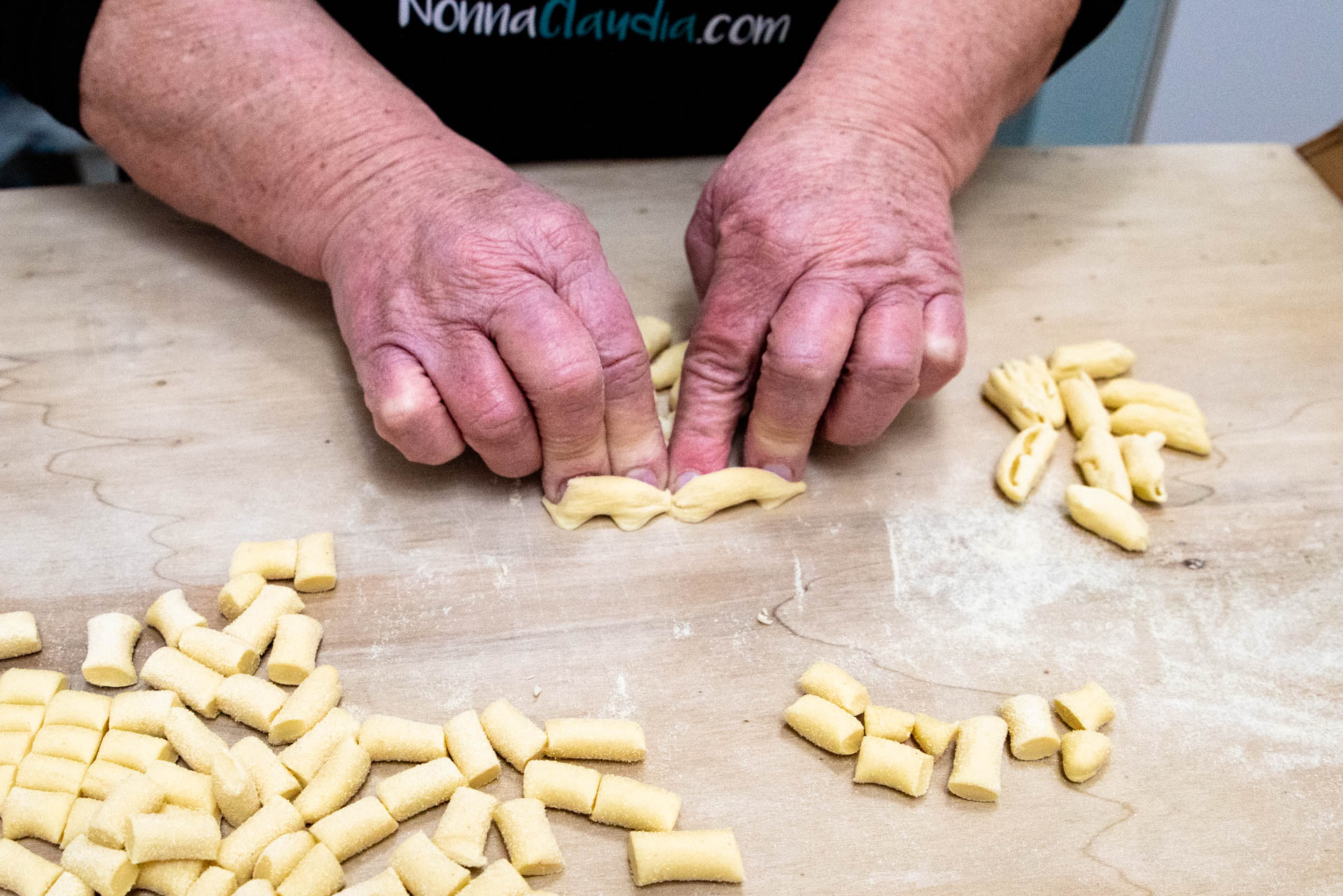
Bucatini
Bucatini are excellent in more than one recipe. They are the ideal type of pasta for both carbonara and amatriciana. In the first case you will find yourself in front of a plate with a creamy sauce made with eggs, pecorino, bacon or cheek (depends on the area) and black pepper. For the Amatriciana, the recipe provides, instead, tomatoes, seasoned cheek, pecorino cheese and a hint of chilli pepper.
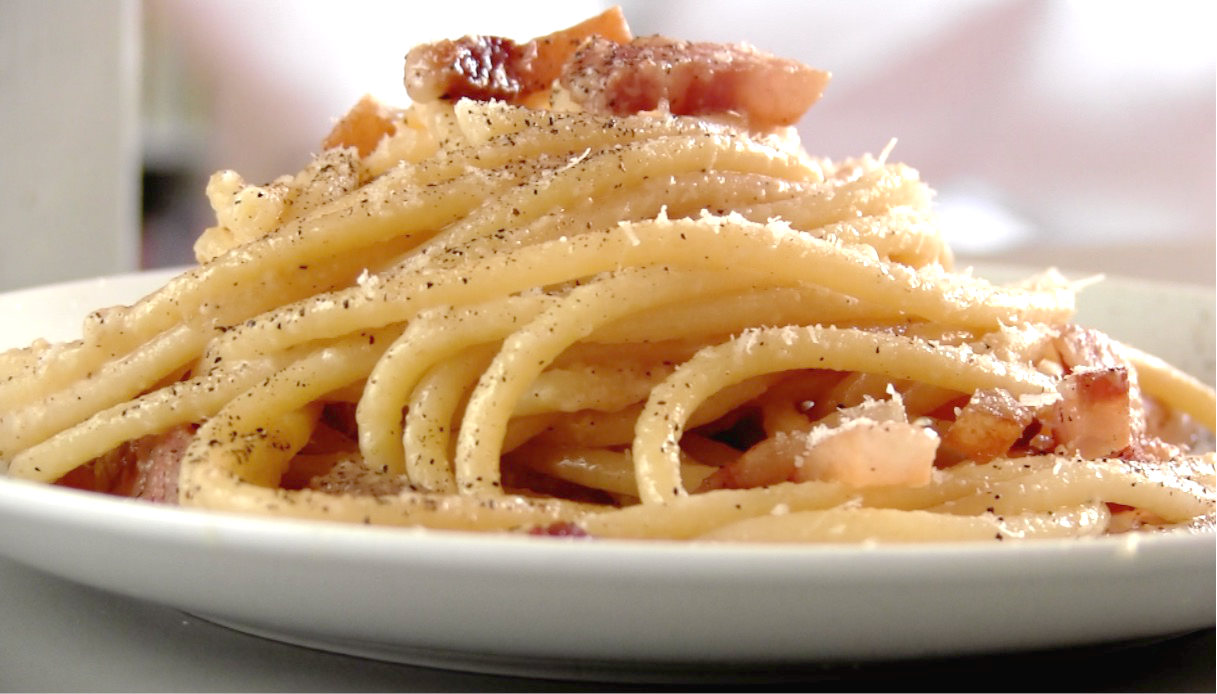
Guitar spaghetti
Guitar is the name of the instrument, but not the musical one. It is the name of the tool that is used to give pasta its characteristic form. The pastry of pasta, in fact, is placed on the guitar and sliding the rolling pin back and forth, the threads of the tool cut the sheet into thick spaghetti, with a square shape and with a very porous surface, excellent for retaining the most rustic condiments.

Trofie
Typical pasta of Ligurian cuisine, the trophies are a type of thin and elongated pasta, curled on itself. The main ingredient is flour, but often in the dough you will also find potatoes. His perfect dressing is the pesto, dense and very fragrant. Sometimes, especially in Liguria, the recipe also includes potatoes and green beans on the plate.
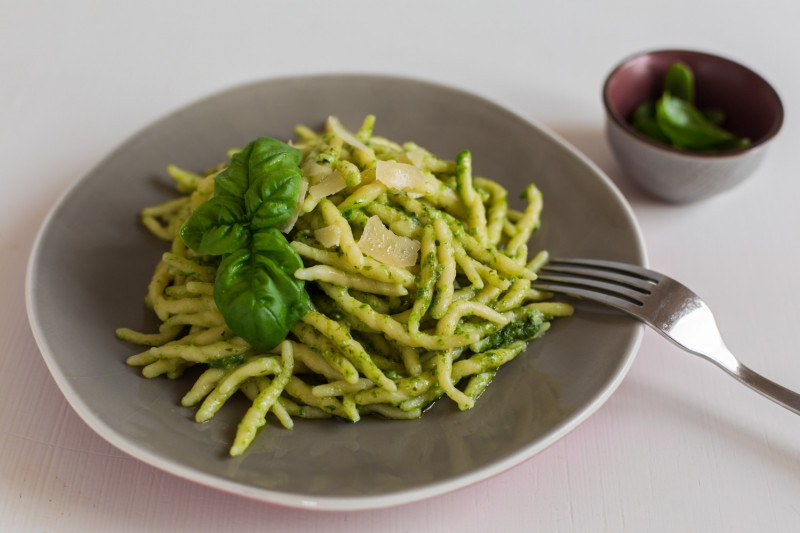
tortellini
As often happens, Tortellino was originally born as a dish of recovery of the advanced meat on the table of the rich. The real turning point in the history of tortellino, however, was there only in 1974, when theDotta Confraternita del Tortellino (Yes, it really exists) The original recipe of the tortellini, especially of its filling at the Chamber of Commerce, Industry and Crafts of Bologna, at the Chamber of Commerce and Industry. A thin sheet of eggs and flour (with a thickness of six tenths of a millimeter!) And a filling that includes pork loin, mortadella, raw ham, Parmigiano Reggiano, eggs and nutmeg. According to tradition, tortellini are born to be eaten in the capon broth.
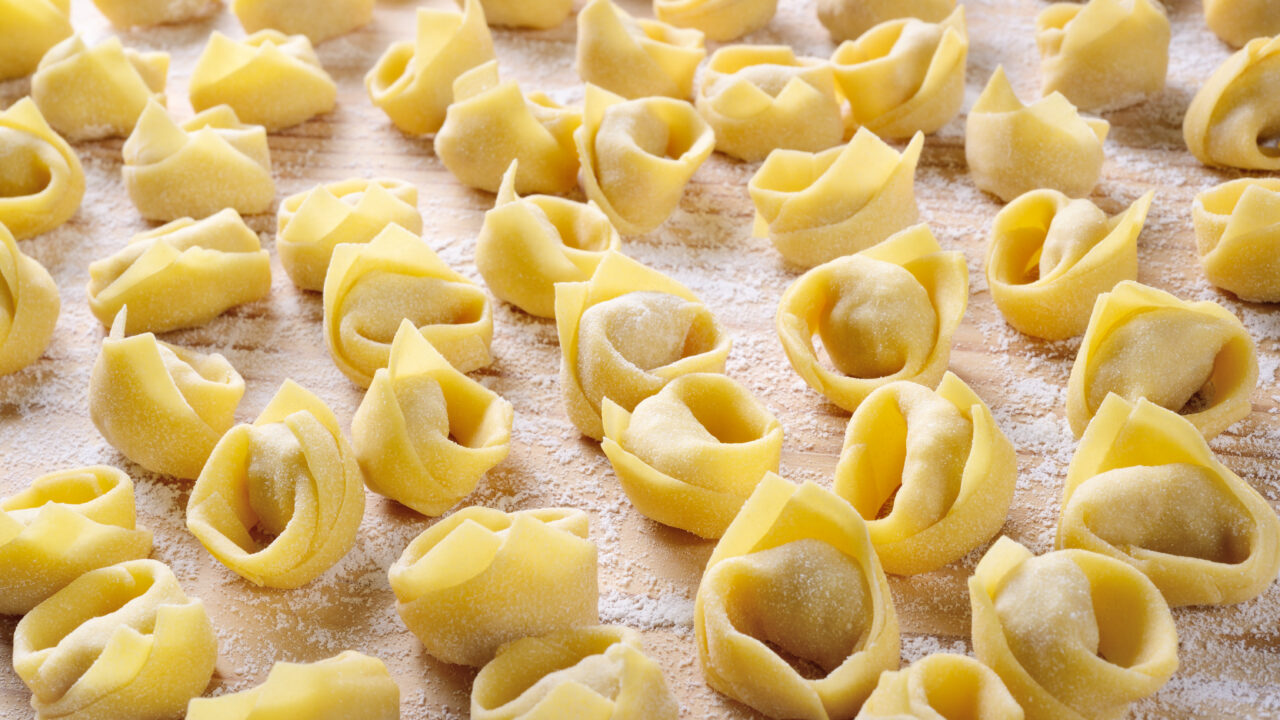
Pici
The ingredients of the Pici are simple: water, flour, oil, salt and semolina. These simple and tasty spaghetti with an irregular shape arise from a rather thick sheet which, after various processes, is first rolled up on a pastry board and then spread with your hands. Depending on the area of Tuscany in which you are, the recipe includes duck sauce, garlic and oil or sausage sauce. Sometimes they are also seasoned with mushrooms.
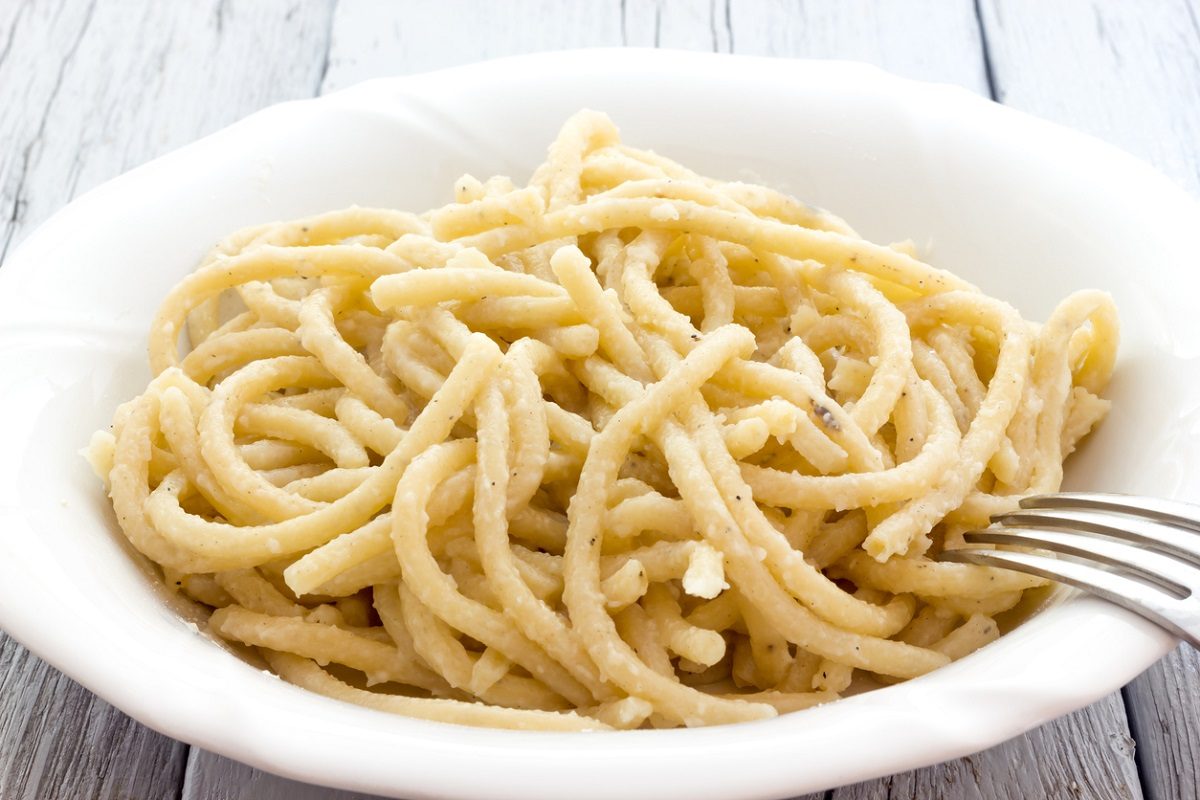
Ziti
Ziti are a very particular type of pasta: strictly of durum wheat, they have an elongated and tubular shape. They are a pasta that is born long, but tradition has it that they are broken by hand before being immersed in the boiling water. They are perfect for salted cakes, but (especially in the Neapolitan area) they use with Neapolitan ragout, made with various cuts and meat types cooked for a long time in the tomato sauce on a very low flame.

That's what happens if you get a booster Covid as early, the experts warn

Why may Mayim Bialik could be "Jeopardy!" Indefinitely
